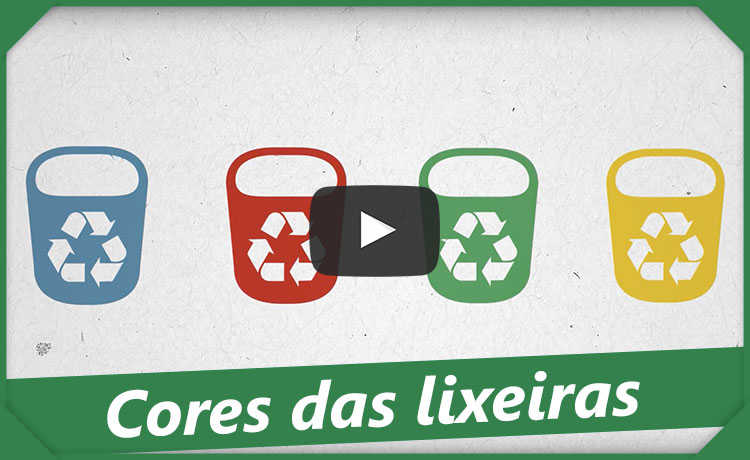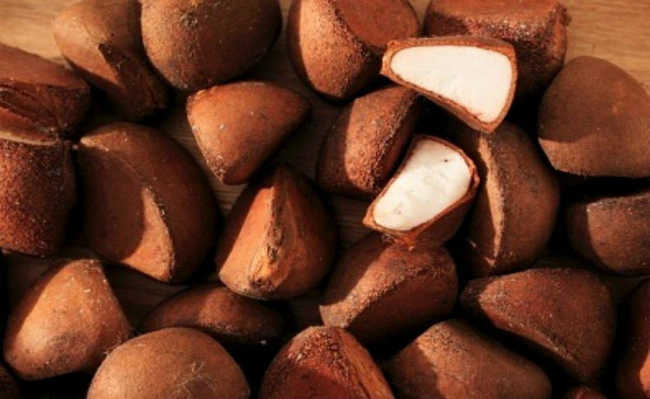Sustainable concrete advances as an alternative for civil construction
A researcher at USP São Carlos works to reduce environmental damage from cement, which is responsible for 5% of the world's CO2 emissions

Image: annawaldl via Pixabay / CC0
Cement is responsible for 5% of carbon dioxide (CO2) emissions in the world. It is also the second most consumed material on the planet, second only to water. Despite the benefits, its presence on a massive scale in civil construction implies high environmental damage. Professor Bruno Luís Damineli, from USP's Institute of Architecture and Urbanism (IAU), in São Carlos, has been working on sustainable forms of concrete since his doctorate, which took place at USP's Polytechnic School (Poli), with an internship at Royal Institute of Technology (Sweden).
- Cement: know origin, importance, risks and alternatives
In his doctorate, the researcher developed concrete mixes with a low cement content. That is, it created milder compositions for concrete – basically composed of water, cement, sand and gravel – without compromising its performance. The researcher studied how to reduce the gaps between the aggregates that go into the mixture. The more gaps between them, the more cement needs to be used to fill them. Likewise, the fewer voids, the less cement is needed.
Using two different techniques (packaging and particle dispersion), Damineli reduced the gap between the aggregates and reduced the amount of cement used in the concrete by 75%, when compared to good quality concretes produced in the market. “In laboratory tests, this reduction is very high, as the control over the tests and materials used is greater. Even so, in practice, we think it is possible to reduce 50% without reducing the strength of the concrete”, he says. The results earned the scientist 1st place at Starkast Betong, in 2012, in addition to the 2015 USP Highlight Thesis Award.
Illustrative scheme of: a) voids between aggregates in conventional concrete, containing gravel (grey circles) and sand (yellow); b) reduced voids in concrete with a higher degree of packing (Credits: Bruno Damineli)
No gravel: prototype house with recycled aggregate
The second aspect of concrete sustainability with which Damineli works is the replacement of gravel with recycled aggregates. “The problem is that the recycled aggregate is weaker than the natural one and, to compensate for this, it is common to increase the cement content in the mixture, also increasing the impact on the environment even more”, criticizes the professor.
Therefore, his current concern is to think about how to maintain the strength of “sustainable concrete”. For this, it has already signed an agreement with a national company to build a prototype house, scheduled to start in August 2019, using recycled aggregate. The idea is to analyze the extent to which this material can be used, maintaining a good relationship between the amount of cement in the mixture and mechanical performance, that is, without compromising its strength.
Damineli has already published an article in 2017 in which the use of recycled aggregates with a low dose of cement is described. In the prototype house, several tests are underway in order to achieve the best possible relationship between cement content and performance. If the tests are successful, the main material used in the world's constructions will have its environmental impact drastically reduced.










